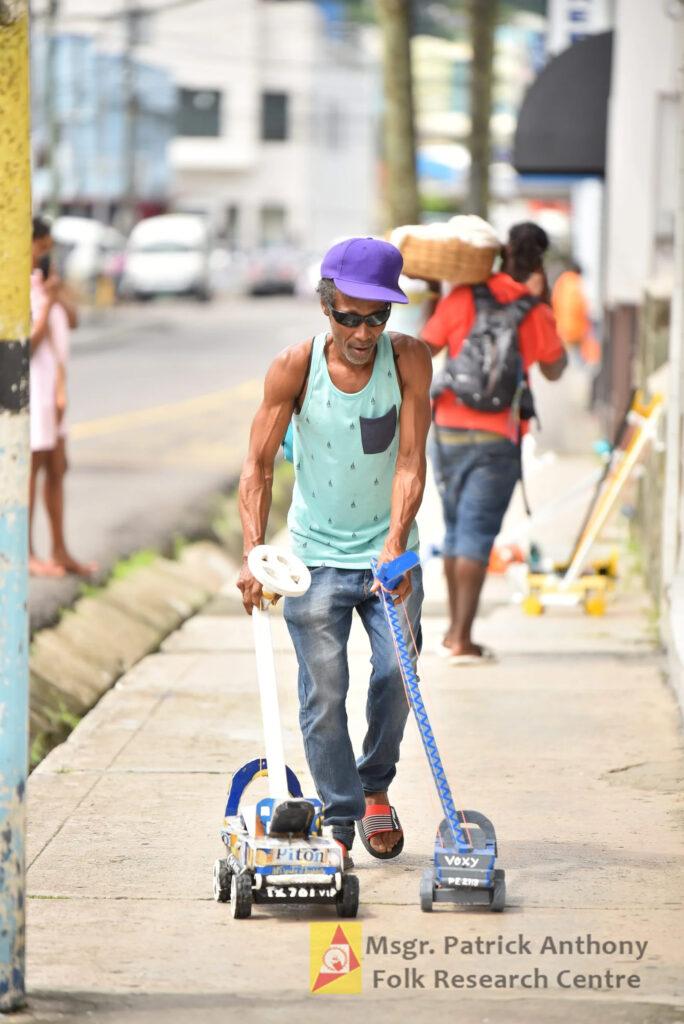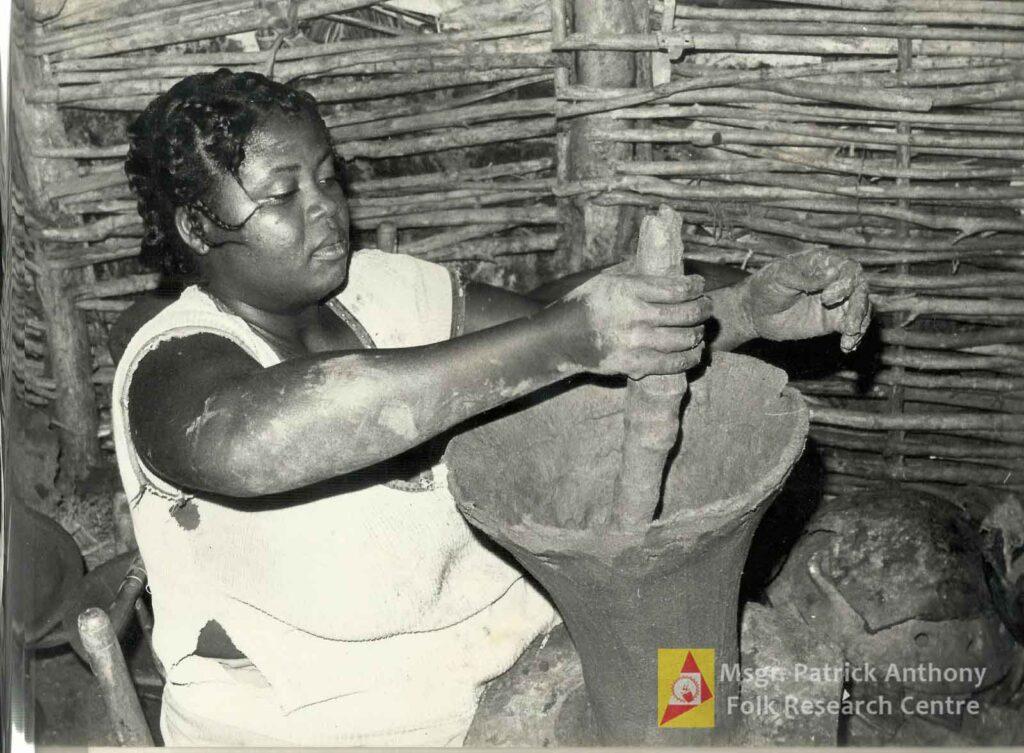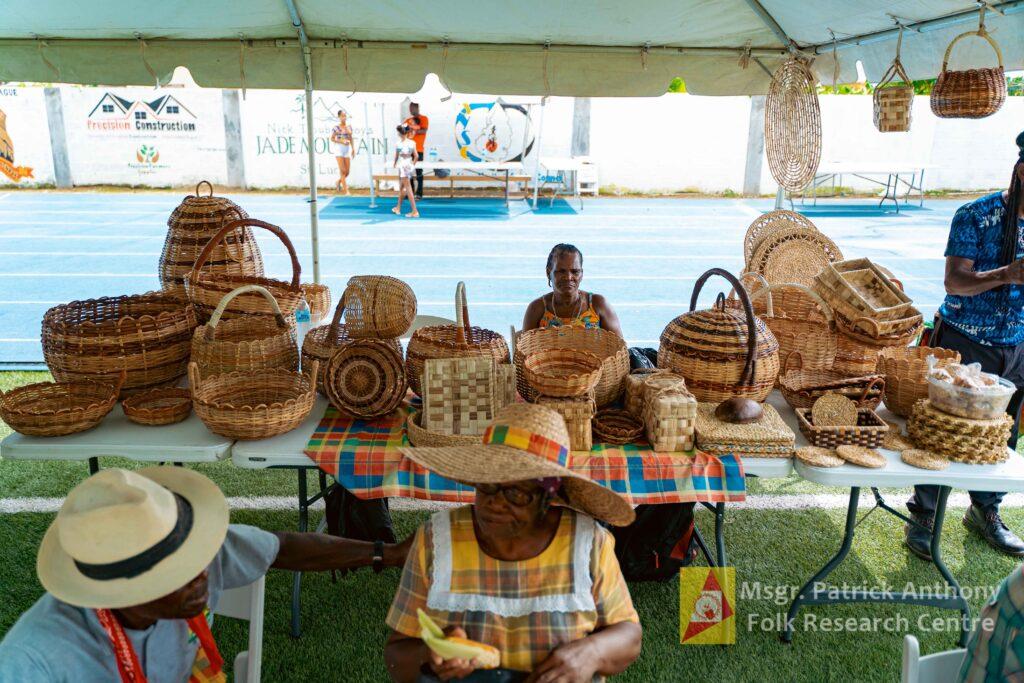TRADITIONAL CRAFT
TI TRÒK/TI kABOUWÉ
A Ti Tròk is a simple, little race car for children. It does not go very fast, though. When the village children made their own out of bits and pieces around the yard and raced downhill on the narrow roads, they called it a Ti Kabouwé. They are hand crafted trucks which were modeled after the old wooden passenger trucks plying the roads between Castries and Saint Lucia’s rural districts. Running and pushing the trucks along with a wooden stick, children steered them with ropes cleverly attached to the front wheels.


Coalpot Making
INDIGENOUS POTTERY
The production of ceramics by traditional means is a tradition handed down from the Amerindians, that is still practiced mainly in the district of Choiseul. It is there that the special clay used for this indigenous pottery process can be found in sufficient quantities. The almost exclusively female producers, mine and clean the clay, then work it through different stages of kneading and shaping. A variety of products including coalpots, cooking pots, cups, other domestic utensils, and even ornamental articles, are built up and shaped from the raw clay in this method. After a few days of final smoothing, polishing and drying, these earthenware products are piled up in a huge heap along with different grades of combustible materials. The heap is set ablaze in a huge fire and the pots go through a firing or baking process. After the fired products are cooled down, then they become the final products ready for sale at the market or other venues.
BASKET MAKING
Basket-making is still carried out at numerous places of the island. The baskets are used for household purposes and as a means of transport, especially to the gardens as well as to the market. Traditional basket-making was documented in the district of Babonneau with Mr. Richard and Mrs. Baryll Antoine.
Out of spliced thin bamboo-strips, lianas and very elastic wooden sticks baskets of three different sizes are produced by applying the “real three-dimensional weaving technique”.

Basket Making
To produce a middle-sized basket, 8 long stakes (each with a length of approx. 150cm) are layed crosswize with their midth one upon the other in such a way, that they form the shape of a star or cross. Then they are interwoven with each other in such a way, that 16 stakes tower up from the centre of the basket. The employment of an over-and-under weaving technique for setting up the sides of the basket requires an odd number of stakes in order to guarantee a continuous working pace in a clockwise direction. To achieve this, a bye-stade of half the length of the other stakes is inserted into the centre of the bottom, ending also at the rim of the basket.
The materials used for the bottom of the basket are solid lianas, while the sides are made of fresh bamboo-strips. Not only the production process was documented by protocols and recorded by photographs, but also the preparation of the raw materials. Furthermore, the materials and the few tools that had been used were measured and listed up. Information about marketing, sales- prices on the market of Castries, and about the durability of the baskets were gathered by interviews.